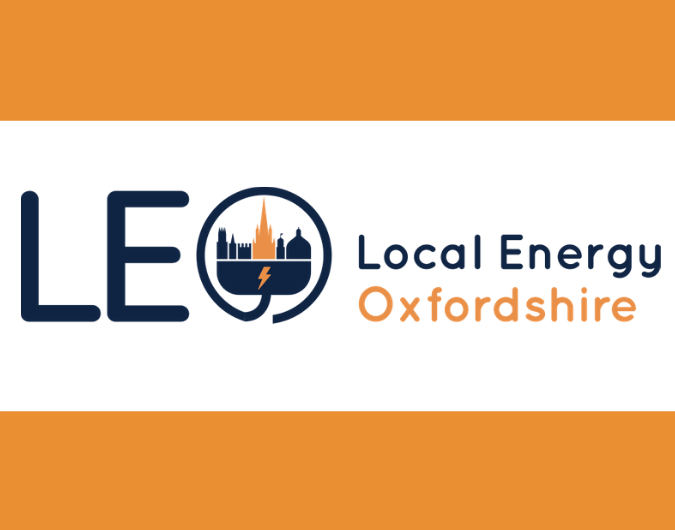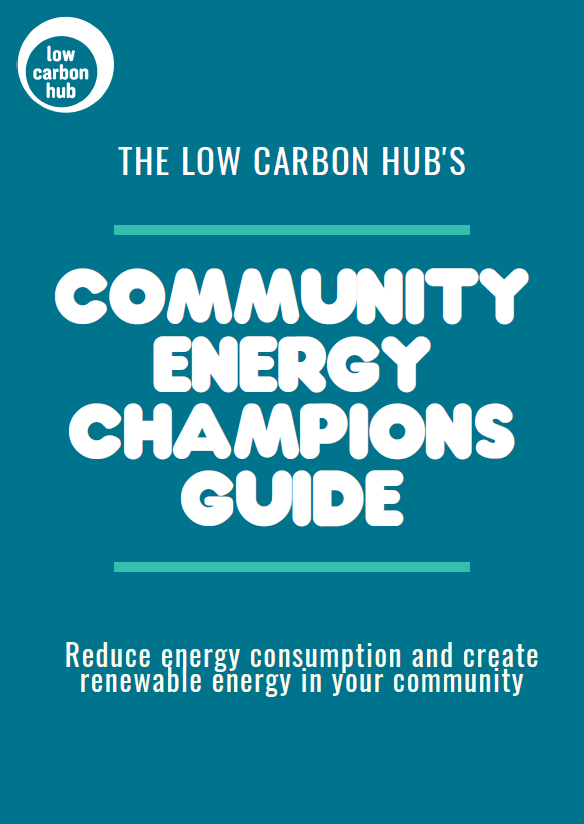Climate action, energy, Oxford, and our role in 2022
Happy new year from everybody at the Low Carbon Hub!
Climate action in Oxfordshire
Three years ago, in January 2019, the Oxford City Council officially declared a climate emergency in Oxford. In April, they announced the UK’s first citizens assembly to address the climate crisis within Oxford. This citizens assembly was held over two weekends at the Said Business School, the first in September 2019 and the second in October 2019.
Since then, the Zero Carbon Oxford Partnership (ZCOP) has been created and will be launching in February. ZCOP is a group of Oxford’s largest and most significant organisations, including a number of the Project LEO consortium, coming together to collaborate on carbon reduction and tackle the climate emergency.
Its creation and mission came out of Oxford City Council’s Zero Carbon Oxford Summit in February 2021, where all partners committed to support the target of net zero carbon emissions in the city by 2040.
In July 2021, the ZCOP roadmap was published. The roadmap outlines key milestones for each sector which contributes to climate breakdown and maps a timeline of ‘what needs to happen, and by when’ for Oxford to stay on-track to achieve net-zero by 2040.
Greenhouse gas emissions are directly related to energy use, particularly fossil fuels. The UK used a total of 195 million tonnes of oil equivalent (Mtoe) of energy in 2019, with the majority of this (88%) coming from fossil fuels. Households and the energy, manufacturing and transport sectors are the biggest users of energy from fossil fuels (Figure 4). In 2019, these sectors accounted for 82% of all fossil fuel energy use in the UK. These are the same four sectors that created the most air emissions in 2019.
UK Environmental Accounts – Office for National Statistics
Energy
As it stands in the UK, we rely on burning fossil fuels (coal, oil, natural gas) to produce the energy we need to heat and power our buildings, transport us around our cities, run our manufacturing processes and everything else.
This was, of course, discussed at great length at COP26 in Glasgow back in November 2021, with theme days ranging from adaptation, mitigation, and loss to energy and from finance to gender, science, and innovation.
With yearly benchmarking coming into effect and COP27 already looming large countries are no longer able to make commitments and then drag their heels for five years or so. The Glasgow Climate Pact specifically asks countries to ‘come back in 2022 with stronger climate plans’, and if that means countries lack of action is more transparent, one can only hope it spurs quicker action.
Therefore, we need to rapidly change our energy system to meet targets and stay within a ‘safe’ level of global warming.
But how can we put this talk into action? That’s where we come in.
The role of the Low Carbon Hub
The role of energy in the climate crisis outlined above is why we focus primarily on energy at the Low Carbon Hub. We’re changing the energy system within Oxfordshire to significantly reduce the amount of energy we use and ensure that what we do use comes from renewable sources.
It’s also essential that these renewable projects are community-owned so that local people have a say in how they’re developed and managed – whilst also ensuring that more of the £1.5 billion spent on energy each year in Oxfordshire stays within the local economy. You can read more about this in our Community Energy Manifesto.
We’re changing Oxfordshire’s energy system by:
- Powering down: supporting businesses, communities, and residents to cut their energy use. OxFutures, Energy Solutions Oxfordshire, and Cosy Homes Oxfordshire are our programmes helping individuals and businesses power down and become more energy efficient.
- Powering up: shifting to renewable energy generation with our 47 (and counting) renewable energy projects around Oxfordshire. This includes our newest project Ray Valley Solar, a 19MW ground mount solar park which will be the largest community-owned solar park in the UK and generate 18 GWh of clean green electricity every year, enough to power over 6,000 homes.
- Innovation: working with various project partners to catalyse system change and move energy forward through innovation pilots – including Project LEO, one of the most ambitious and innovative energy trials in the UK, working to accelerate the transition to a net-zero energy system.
What can you do?
This post has focused on how we are working to tackle the climate emergency at the Low Carbon Hub, but we know many individuals out there would love to play their part too.
We get many questions about how people can get involved in our work and support community energy growth in Oxfordshire. It’s a great question – with your local knowledge and connections, you’re in the best place to be a catalyst for change within your local community. And we can help to amplify your work with practical support, grant funding, and programmes to get involved with.
We’ve developed a Community Energy Champions Guide that outlines all the ways that you can get involved in your community to change Oxfordshire’s energy system for the better. From individual actions you can take yourself, to get involved as a business or school to working with a community group in your area.






